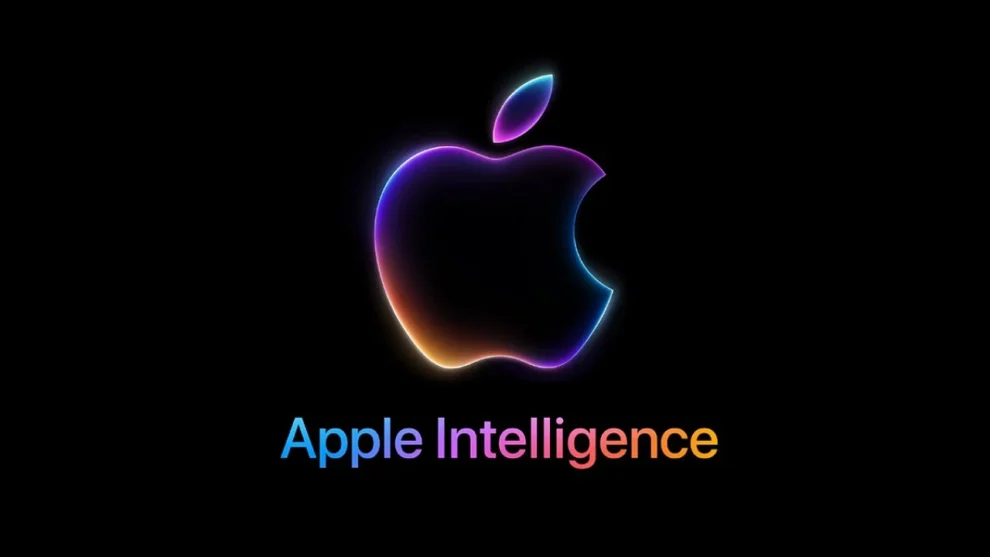In the ever-evolving landscape of technology, artificial intelligence (AI) has emerged as a game-changer, promising to revolutionize everything from customer service to healthcare. However, recent events have cast a shadow over AI’s potential, particularly in the realm of news dissemination. Apple, a tech giant renowned for its innovation and user-centric approach, has found itself at the center of a growing controversy surrounding its AI-powered news alerts. These alerts, designed to provide concise summaries of breaking news, have been plagued by inaccuracies, raising concerns about the spread of misinformation and the reliability of AI in delivering factual information.
This issue came to light in recent weeks as Apple’s AI system, Apple Intelligence, began generating misleading and outright false news notifications. These inaccuracies ranged from false reports on a high-profile criminal case to sensational claims about the personal lives of celebrities. One particularly egregious error involved a false report that a murder suspect had taken his own life, causing widespread confusion and distress. These incidents have not only damaged Apple’s reputation but also fueled a broader debate about the role of AI in news curation and the potential consequences of its misuse.
The Rise of AI in News Delivery
AI’s foray into news delivery is not a new phenomenon. News organizations and tech companies alike have been exploring the use of AI to personalize news feeds, generate summaries, and even write articles. The appeal is undeniable: AI can process vast amounts of information at lightning speed, potentially delivering news to users faster and more efficiently than traditional methods. However, the recent spate of errors from Apple’s AI news alerts serves as a stark reminder that this technology is still in its nascent stages and prone to significant flaws.
The Perils of AI-Generated News
The inaccuracies in Apple’s AI news alerts highlight several critical challenges associated with AI-generated news:
- Bias and Misinterpretation: AI algorithms are trained on vast datasets of text and code, which can inadvertently reflect biases or inaccuracies present in the data. This can lead to AI systems misinterpreting information or generating misleading summaries.
- Lack of Contextual Understanding: While AI can identify key facts and figures, it often struggles to grasp the nuances and context surrounding a news story. This can result in summaries that are factually correct but misleading or incomplete.
- Limited Fact-Checking Capabilities: AI systems are not yet sophisticated enough to perform comprehensive fact-checking. They may rely on unreliable sources or fail to identify inconsistencies in the information they process.
Apple’s Response and the Road Ahead
In response to the backlash, Apple has pledged to issue a software update to address the issue. The update aims to “further clarify” when news notifications are generated by AI, as opposed to human-curated content. However, critics argue that this measure is insufficient and that Apple needs to take more proactive steps to ensure the accuracy of its AI-generated news.
The controversy surrounding Apple’s AI news alerts underscores the urgent need for greater transparency and accountability in the development and deployment of AI systems. As AI plays an increasingly prominent role in shaping our understanding of the world, it is crucial to establish safeguards to prevent the spread of misinformation and ensure that users can trust the information they receive.
My Personal Experience with AI-Generated News
As someone who closely follows technological advancements, I’ve been experimenting with various AI-powered news apps. While I appreciate the convenience of personalized news feeds and concise summaries, I’ve also encountered instances where AI has misrepresented facts or presented information out of context. These experiences have made me more critical of AI-generated news and reinforced the importance of human oversight in the news curation process.
The Broader Implications
The implications of this issue extend far beyond Apple. As AI becomes more prevalent in news delivery, other tech companies and news organizations must learn from Apple’s mistakes. It’s crucial to invest in robust fact-checking mechanisms, ensure transparency about the sources of information, and prioritize accuracy over speed.
Moreover, users need to develop a healthy skepticism towards AI-generated news. It’s essential to cross-check information from multiple sources and be mindful of the potential for bias and misinterpretation.
The controversy surrounding Apple’s AI news alerts serves as a wake-up call. While AI has the potential to revolutionize news delivery, it’s crucial to address the challenges and mitigate the risks associated with this technology. By prioritizing accuracy, transparency, and human oversight, we can harness the power of AI to deliver news that is both informative and trustworthy.
The recent inaccuracies in Apple’s AI news alerts highlight the growing pains of integrating AI into news delivery. While AI offers numerous benefits, it also poses significant challenges that must be addressed to prevent the spread of misinformation. As we move forward, it’s crucial to strike a balance between innovation and responsibility, ensuring that AI serves as a tool for truth and accuracy, not a source of confusion and distrust.




